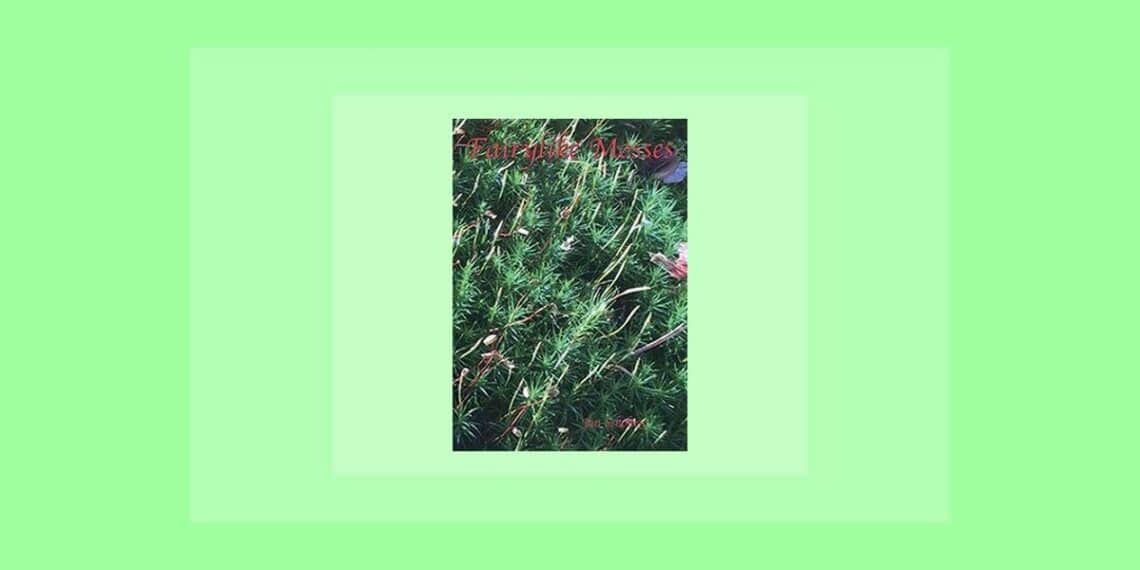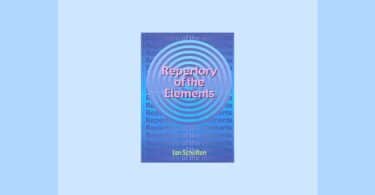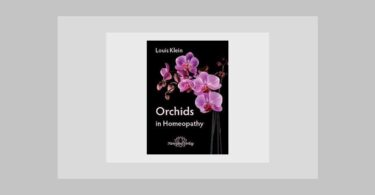Title: Fairylike Mosses
Author: Dr. Jan Scholten
Publisher: StichtingAlonnissos
First edition 2018, 192 pages, black and white, paperback.
Reviewer: Vatsala Sperling
Nature must like the law of abundance. In the realm of mosses, Nature has time and patience to create not one or two but 1500 genera and 15,000 species. Turns out, only five mosses are known amongst homeopaths. To remedy this situation, Brittany Dahnrich organized a group of provers and did over 30 sense provings in a few days. Her results are compiled in this slender black and white paper back book, “Fairylike mosses” by Dr. Jan Scholten.
Use of mosses based on folk wisdom goes back to historical times. The native Americans used mosses for lining baby diapers and also the super absorbent property of mosses was found to be useful for their feminine hygiene needs. During World War I mosses, particularly Sphagnum, were used for making over one million dressings per month for the wounded soldiers. Cotton was in terrible shortage. Moss bandages gave extraordinary results by way of superior absorbency of body fluids and septic materials oozing out of the war wounds. The wounds healed much sooner too.
Since homeopaths are known to bring out the healing capacity of any substance, it is not surprising at all to see that Brittany buckled up and went about gathering proving information about mosses that were turned into homeopathic remedies using the process of trituration.
For a brief note about the botanical classification of mosses, I will simply quote material from the book. “Mosses are grouped into three classes.
- Anthoceratophyta : the horn worts, hydrogen series
- Merchantophyta : liver worts, carbon series and
- Bryophyta : real mosses, silicon series “
This classification fits very well with the plant theory as mentioned in the book, “Wonderful Plants” by Dr. Jan Scholten.
What captures my attention right away is the straightforward confession, “Provings and also sense provings are not fully reliable. They contain noise. ……it is good to realize that part of the information, provings and classification will be incorrect”. What I understand from this confession is that, though Dr. Scholten has compiled the proving information and presented it to the readers, he is open about the preliminary nature of this work. Dr. Scholten also gives his view and experience of the process of sense proving itself in section 0.5.
From page 9 to 189, the book contains sense provings of 48 mosses. Symptoms are elicited in the sphere of mind and body. But the symptoms do not go too much into the details. If you want to read 2500 symptoms elicited by a moss remedy, you will be disappointed. A set of nine very brief cases bring out the presentation of the patients and how a moss remedy prescription brought relief. Again, these are short cases.The botanical information on mosses follows the same style used by Dr. Scholten in his earlier book, “Wonderful plants” (2012).
The exercise of selecting mosses, preparing remedies, compiling botanical information, gathering proving notes, editing proving notes ….these are activities that require a sustained sense of purpose that amazes me personally. Surely, most homeopaths of the regular kind might participate in a proving or two, but most of them might not commit their time and attention to a task as daunting as proving and then writing a book about it. For taking on such a challenge, Dr. Scholten gets a big Thank You from all of us. He has set the ball in motion. As time goes by, surely the rest of us will find the necessity to reach out to the fairy-like mosses as new source of remedies, but in the meantime, the book is a fine example of how proving information should be compiled and written into a book.






